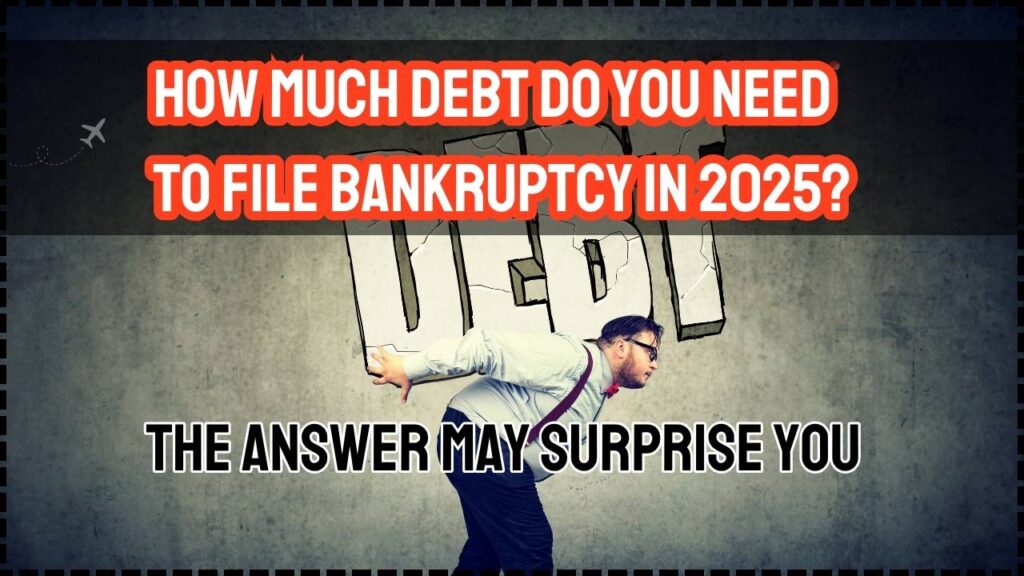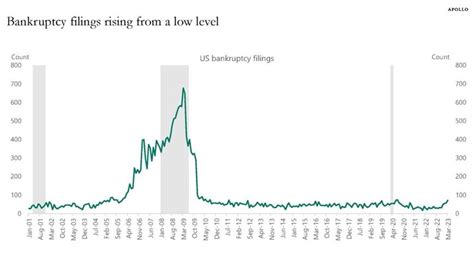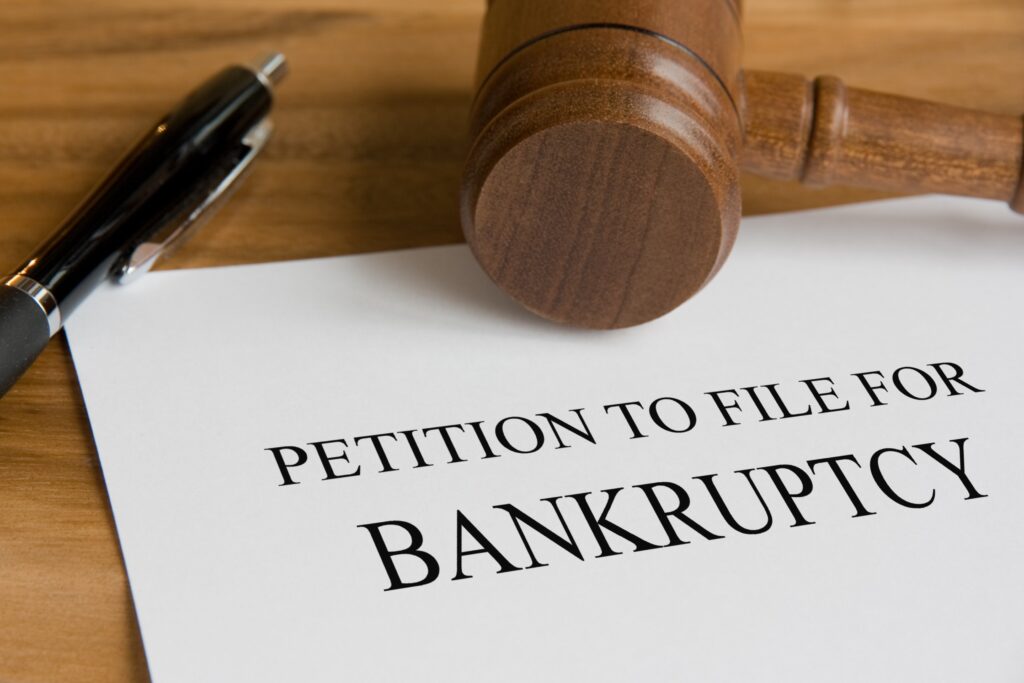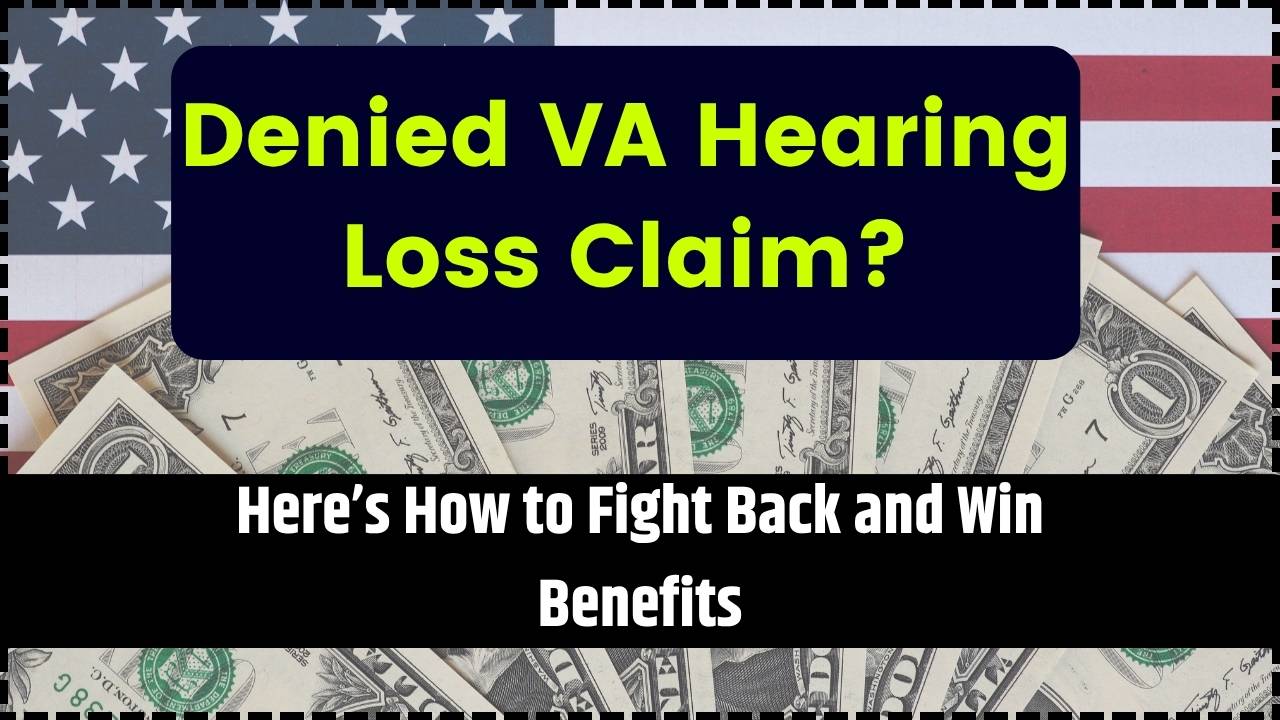How Much Debt Do You Need to File Bankruptcy in 2025? Bankruptcy. Just the word itself can stir up feelings of fear, embarrassment, or confusion. But here’s the thing—bankruptcy is a financial tool, not a life sentence. It’s something that can help you rebuild if you’ve found yourself buried under a mountain of debt. Now, the question on many people’s minds is: How much debt do you really need to file for bankruptcy in 2025? The answer may not be as straightforward as you think. And while there’s no magic number that’ll trigger bankruptcy, understanding your financial situation, the type of debt you have, and the rules around bankruptcy in 2025 can give you some clarity.
Whether you’re struggling with medical bills, credit card debt, or unpaid loans, the idea of bankruptcy can feel overwhelming. But don’t worry, this article will guide you through the process, explain how much debt is enough to file for bankruptcy, and give you practical advice on how to navigate this complex decision. Stick around, we’ll break it down so you can make an informed choice.
How Much Debt Do You Need to File Bankruptcy in 2025?
Bankruptcy can feel like a daunting and complex decision, but when you understand the process, it becomes a tool for regaining control of your finances. Whether you need to file for Chapter 7 or Chapter 13, there’s no one-size-fits-all answer to how much debt is enough. Ultimately, it’s about what’s best for your financial situation and your ability to move forward. If you find yourself overwhelmed by debt, don’t hesitate to consult a bankruptcy attorney or financial advisor who can guide you through the next steps.

| Topic | Details |
|---|---|
| What Debt Is Enough to File | There is no minimum debt requirement to file for bankruptcy, but larger debts usually justify it. |
| Chapter 7 Bankruptcy | Allows you to discharge most unsecured debts. Passing the “means test” is crucial to qualifying. |
| Chapter 13 Bankruptcy | Aimed at those who earn enough to pay some of their debts back. There are debt limits to qualify for this. |
| 2025 Chapter 13 Debt Limits | Unsecured debts: $526,700; Secured debts: $1,580,125 |
| When to File | If you’re facing creditor actions, wage garnishment, or you can’t repay your debt, bankruptcy could help. |
| Official Sources | Upsolve.org, Bankrate, DebtLawyer |
Understanding Bankruptcy in 2025
Before we dive into how much debt is needed to file for bankruptcy, let’s set the stage. Bankruptcy is a legal process designed to help individuals and businesses get a fresh start when they’re overwhelmed by debt. In the U.S., there are two primary types of personal bankruptcy filings—Chapter 7 and Chapter 13. Both are options for people who can no longer manage their debts, but they serve different purposes.
In a Chapter 7 bankruptcy, most of your unsecured debts (like credit card bills, medical bills, and personal loans) are wiped away. This is often referred to as a “liquidation bankruptcy,” where a trustee may sell some of your assets to pay off creditors. But for many people, this process results in the cancellation of their debts without losing anything of significant value.
Chapter 13, on the other hand, is for individuals with a steady income who can’t pay off their debts in full but can manage to repay a portion of them. This process creates a payment plan over 3 to 5 years, with the goal of getting back on track while keeping your assets intact. There are debt limits for Chapter 13, which we’ll discuss in detail shortly.
So, How Much Debt Do You Need to File Bankruptcy in 2025??
This is the big question. The short answer: There is no specific minimum amount of debt you need to file for bankruptcy. You can technically file with as little as $1,000 in debt, but it’s typically not worth it unless there are other circumstances involved, like creditor harassment or wage garnishment. Bankruptcy is usually considered a last resort after all other options are exhausted.
The reason there isn’t a specific debt threshold is that bankruptcy isn’t just about how much you owe—it’s about your ability to pay those debts back and your overall financial situation. For example, someone with $20,000 in credit card debt who has a steady job and can still make payments might not need to file for bankruptcy. However, someone with $5,000 in medical bills, no income, and other pressing financial obligations might find that bankruptcy offers relief.

Chapter 7 Bankruptcy – Is It Right for You?
Chapter 7 is the most common form of bankruptcy for individuals who are struggling with unsecured debt. While you may not need a specific amount of debt to qualify, you do need to meet the means test. This test examines your income and expenses to determine if you can afford to pay off some of your debt.
If your income is below the median for your state (which varies by location), you may qualify for Chapter 7 bankruptcy. For those above the median, the test checks if you have enough disposable income to make a dent in your debt. If your income is too high, you may not be eligible for Chapter 7 and will need to consider Chapter 13.
Another important consideration for Chapter 7 filers is the asset liquidation process. In exchange for the discharge of your debts, you may be required to sell off certain assets that are not protected under bankruptcy exemption laws. These exemptions differ from state to state, but in general, personal property such as your home, car, and retirement savings may be protected.
Chapter 7 Example
Let’s say you have $5,000 in credit card debt, and you’re making $3,000 per month. Your bills exceed your income, and you can’t keep up with minimum payments. In this case, filing for Chapter 7 might be a good option, as most of your debt will likely be discharged, and you may not have to pay anything back.
However, if you own valuable assets such as a home or a car that exceeds the exemption limit in your state, you might risk losing those assets. That’s why it’s essential to understand the laws in your state and consult a bankruptcy attorney before deciding to file for Chapter 7.
Chapter 13 Bankruptcy – The Repayment Plan
For those who earn a steady income and can afford to repay some of their debt, Chapter 13 bankruptcy offers a different solution. With Chapter 13, you propose a repayment plan to pay off creditors over three to five years. This type of bankruptcy is especially useful for those with secured debts (like mortgages or car loans) they want to keep.
Chapter 13 allows you to keep your home and car (as long as you make your payments on time), but it requires you to prove that you can afford to repay some of your debts. If your income exceeds the median income for your state, you may still qualify for Chapter 13, but the repayment plan may require you to pay a significant portion of your debts.
However, there are limits to how much debt you can have to qualify for Chapter 13. As of 2025, Chapter 13 limits are as follows:
- Unsecured debts (e.g., credit card debt, medical bills): $526,700
- Secured debts (e.g., mortgages, car loans): $1,580,125
If your total debts exceed these amounts, you may not qualify for Chapter 13 and might need to explore other options like Chapter 11 bankruptcy (which is typically for businesses or individuals with much higher debts).
Chapter 13 Example
Suppose you owe $400,000 on your mortgage and have $75,000 in credit card debt. If your total debts fall below the Chapter 13 limit, you can file for bankruptcy and create a payment plan. This would allow you to repay a portion of your debt while keeping your house and car.
In a Chapter 13 filing, you don’t necessarily have to repay all of your unsecured debt. The bankruptcy court will determine how much of your unsecured debts you can afford to pay based on your income, and the rest may be discharged.
When Should You File for Bankruptcy?

Now, the million-dollar question: When should you actually file for bankruptcy? Filing for bankruptcy can be a smart move when you:
- Are unable to pay back your debts because they exceed your income.
- Are facing legal actions from creditors, such as wage garnishment, repossession, or foreclosure.
- Can’t seem to keep up with minimum monthly payments, even after making budget cuts.
- Have a significant amount of unsecured debt that you can’t see any way of paying off.
It’s important to note that bankruptcy should not be your first option. You should explore other avenues like debt consolidation or negotiation with creditors before taking such a significant step.
Additional Considerations Before Filing for Bankruptcy

Before you make the decision to file for bankruptcy, here are some key factors to think about:
- Impact on Your Credit: Bankruptcy will damage your credit score, and it can stay on your record for 7 to 10 years. However, many individuals find that after filing, their credit score improves faster than expected once they start managing their finances responsibly again.
- Alternatives to Bankruptcy: Bankruptcy is not always the best choice. Depending on your situation, you might want to explore other options such as:
- Debt Consolidation: Consolidating your debts into one manageable loan.
- Debt Settlement: Negotiating with creditors to reduce the total amount you owe.
- Credit Counseling: Working with a professional to create a budget and manage debt.
- Nondischargeable Debts: Bankruptcy does not eliminate all types of debt. For example, student loans, child support, alimony, and certain tax debts typically cannot be discharged in bankruptcy. Before filing, make sure you understand which debts will and will not be affected.
- Exempt Property: In Chapter 7 bankruptcy, you might lose property that exceeds the allowable exemption limits. In Chapter 13, you can keep your property, but you must follow the repayment plan.
- Emotional and Psychological Impact: While bankruptcy can provide financial relief, it also carries emotional and psychological weight. Many people experience stress, shame, or regret after filing. It’s important to recognize these emotions and seek support from family, friends, or a counselor during this process.
- Legal Fees and Costs: Filing for bankruptcy comes with legal costs, including attorney fees and court filing fees. It’s essential to factor these costs into your decision-making process. Some people may be able to get low-cost or free legal help depending on their circumstances.
- Future Financial Planning: Bankruptcy can be a way out, but it’s crucial to create a new financial plan to avoid falling back into debt. A significant part of your recovery process will involve building a budget, improving your credit, and working towards saving and investing.
Feeling the Squeeze? 10 Smart Financial Moves to Survive Economic Uncertainty
8 Proven Strategies to Stay Financially Afloat When Times Get Tough
How to Graduate Debt-Free: Proven Tips to Slash College Costs Before It’s Too Late











